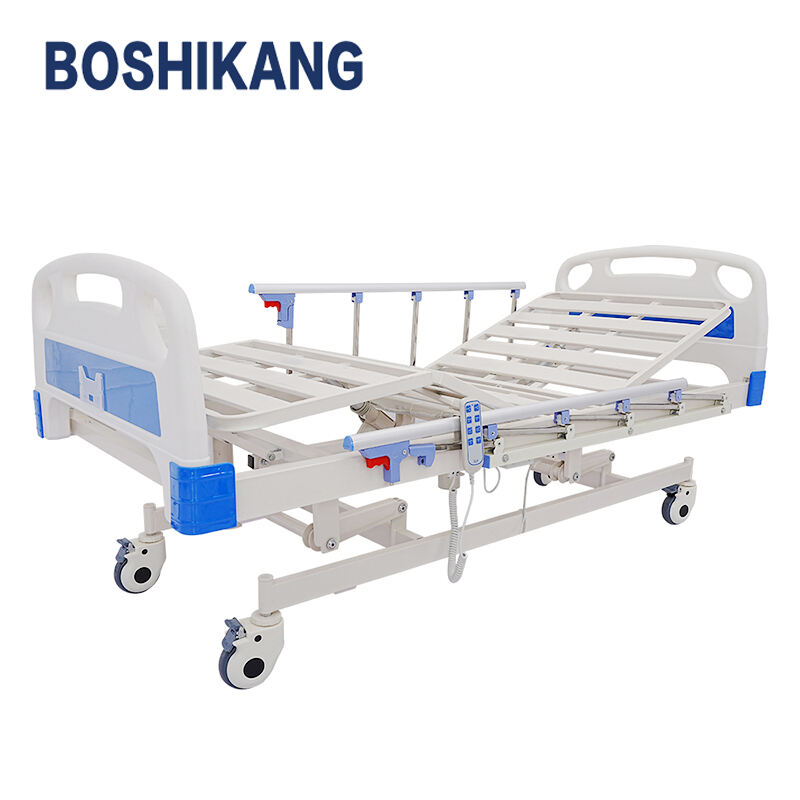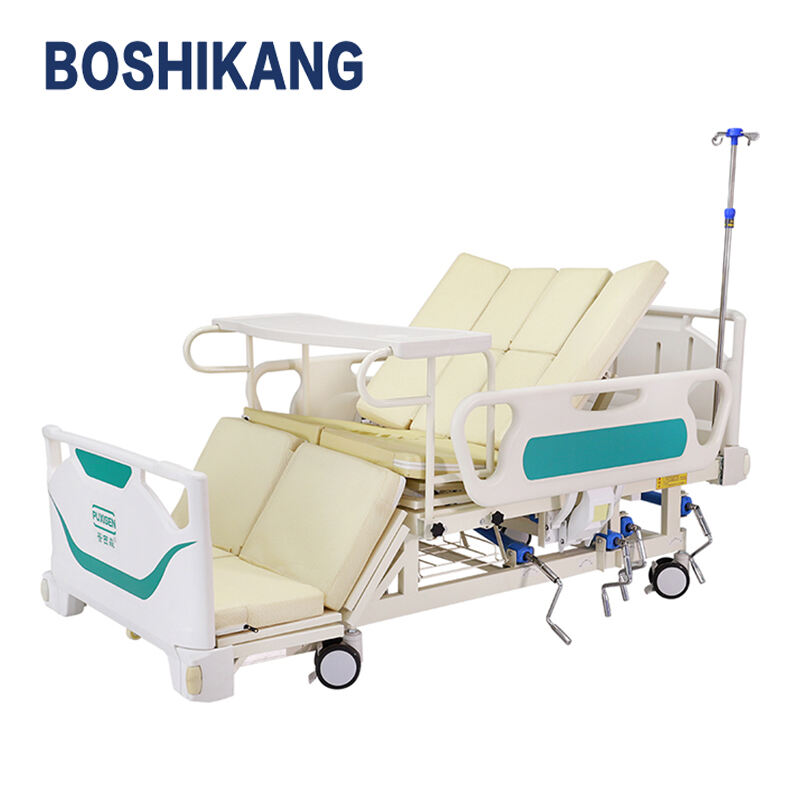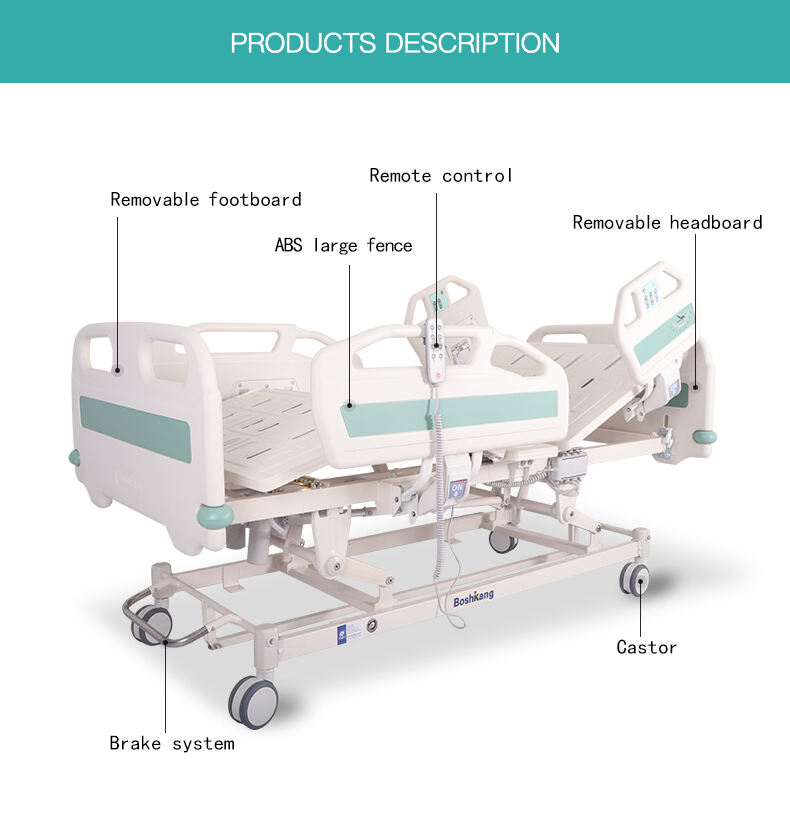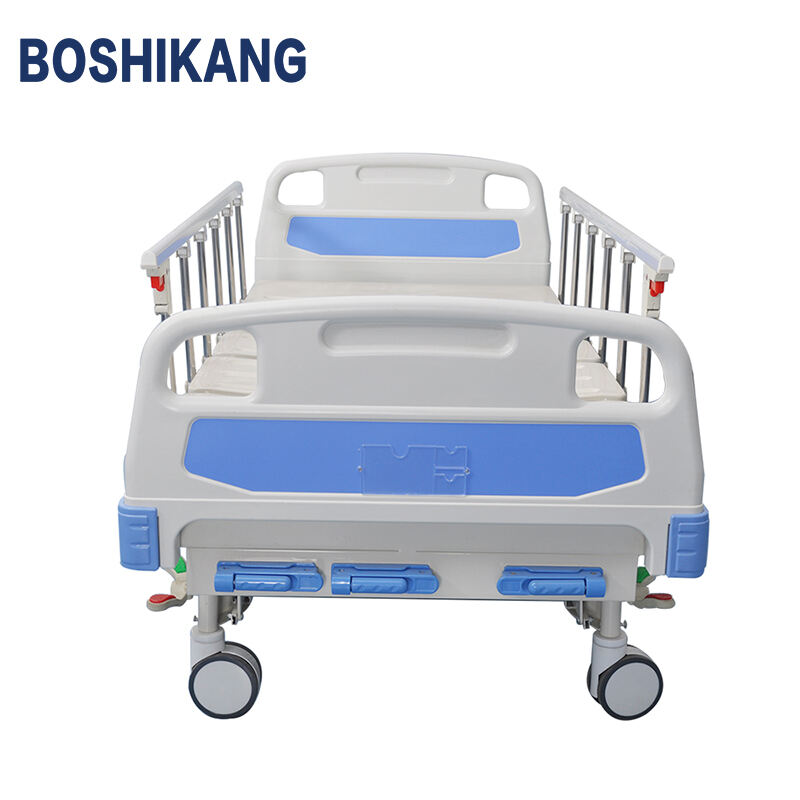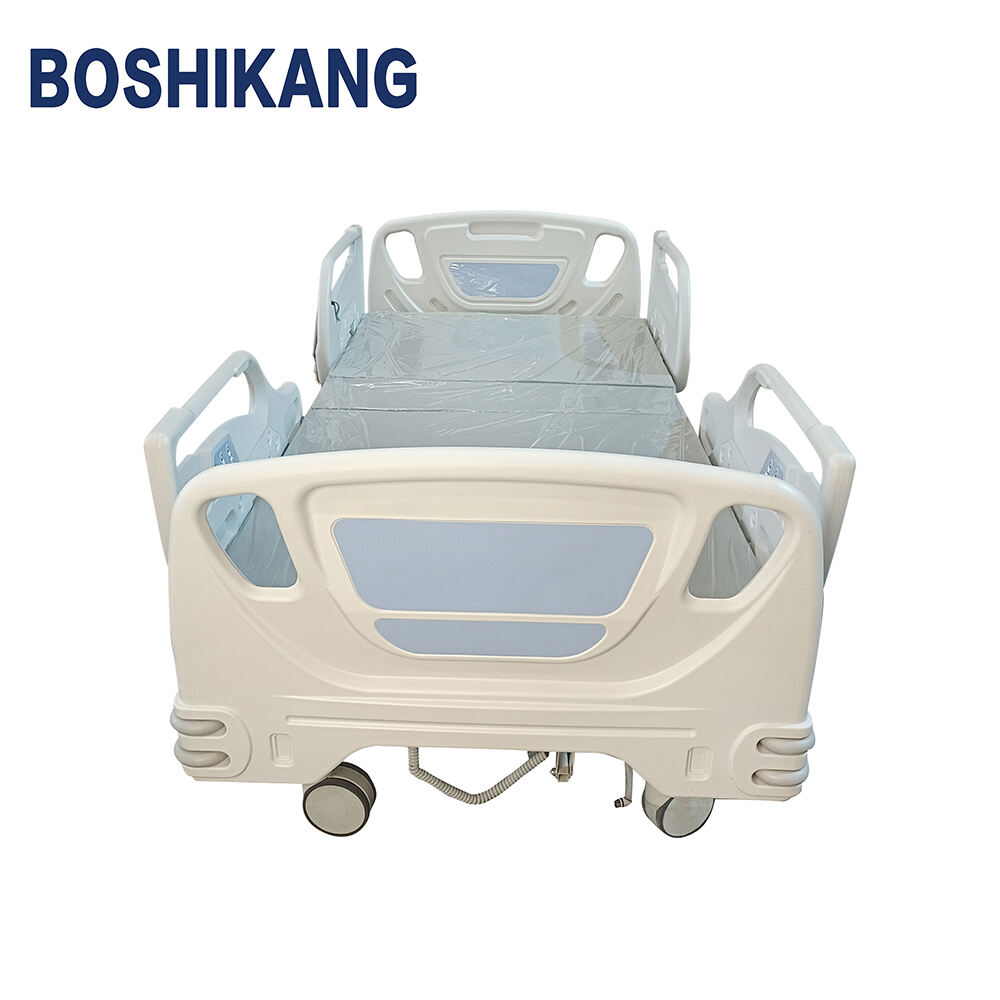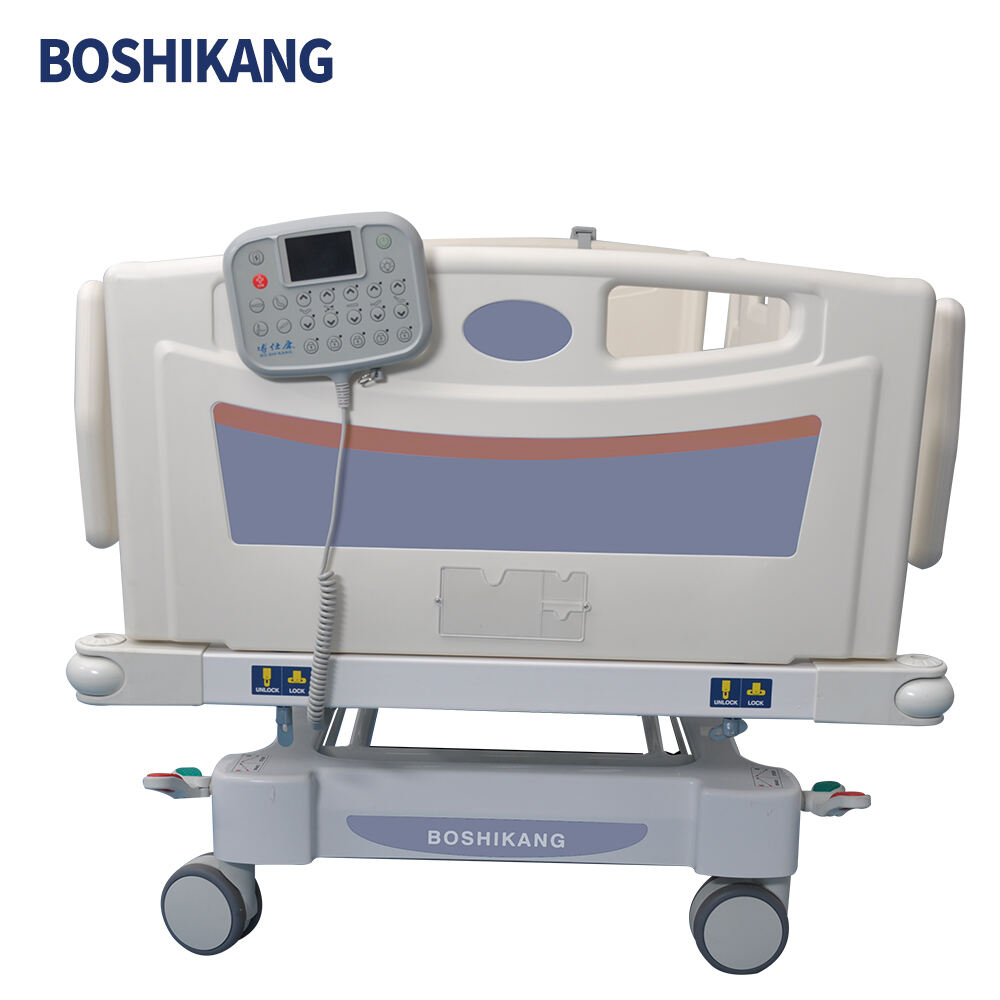hospital cot
A hospital cot is an essential piece of medical equipment designed to provide comfort, safety, and functionality for patients during their hospital stay. These specialized beds feature adjustable heights, multiple positioning options, and integrated safety mechanisms to ensure optimal patient care. Modern hospital cots incorporate advanced engineering with features like electric controls, specialized mattress support systems, and ergonomic side rails. They typically include features such as Trendelenburg and reverse Trendelenburg positions, height adjustment capabilities, and backrest elevation controls. The cot's frame is constructed from durable materials, usually high-grade steel or aluminum, with a protective coating to withstand regular cleaning and disinfection. Most models include wheels with locking mechanisms for easy transport and stability. The mattress platform is designed with ventilation holes to promote air circulation and prevent moisture buildup. Safety features include side rails that can be easily raised or lowered, corner bumpers to protect walls during transport, and emergency CPR release mechanisms. These cots are engineered to support various medical procedures while maintaining patient comfort and caregiver accessibility.

